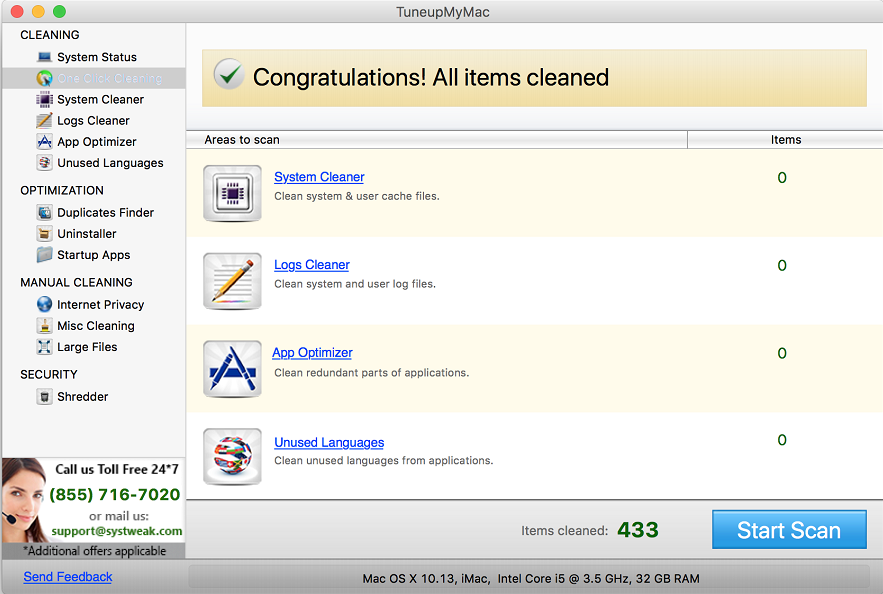

Here, delete the software update files that are no longer needed- you can delete them safely if you’ve already updated your device.Similarly, enter iPad ~/Library/iTunes/iPad Software Updates for iPad and ~/Library/iTunes/iPhone Software Updates for iPhone.Type in ~/Library/Application Support/MobileSync/Backup/ and delete all dated backup files.IOS Backups and software update data, too, can take a significant space on your Mac. Keep the most recent one and delete the rest.Type in ~/Music/iTunes/Previous iTunes Libraries.Hence, make sure to remove older iTunes backups to free up space on your Mac startup disk. Frequent updates can be a major cause of startup disk full warning. 3] Delete Unwanted iTunes Library BackupsĮvery time you update iTunes, it creates a backup of the whole iTunes library on your machine. Repeat the process for other applications.Delete all the languages that you don’t need (ending with.Iproj extension).

Tap Contents and then select Resources.Right-click the app and select Show Package Contents.Since most people usually need only one or two languages, you can delete the rest to make some space. The apps you install on Mac often contain language packs (also called localization files) that let you switch between different languages. If you’re skeptical about what to delete, take a temporary backup of files or check the last method given in the article. Repeat the process for /Library/Caches (without ~).ĭeleting cache files is usually safe for your Mac unless you don’t remove any important files.Check folders consuming most space and delete the cache files inside.Open the Finder window and hit Go in the menu bar.So, cleaning them regularly is an excellent way to manage your Mac’s space. However, these files may often pile up to eat a large amount of storage. Over time, the device collects cache files that help it do things faster.


 0 kommentar(er)
0 kommentar(er)
